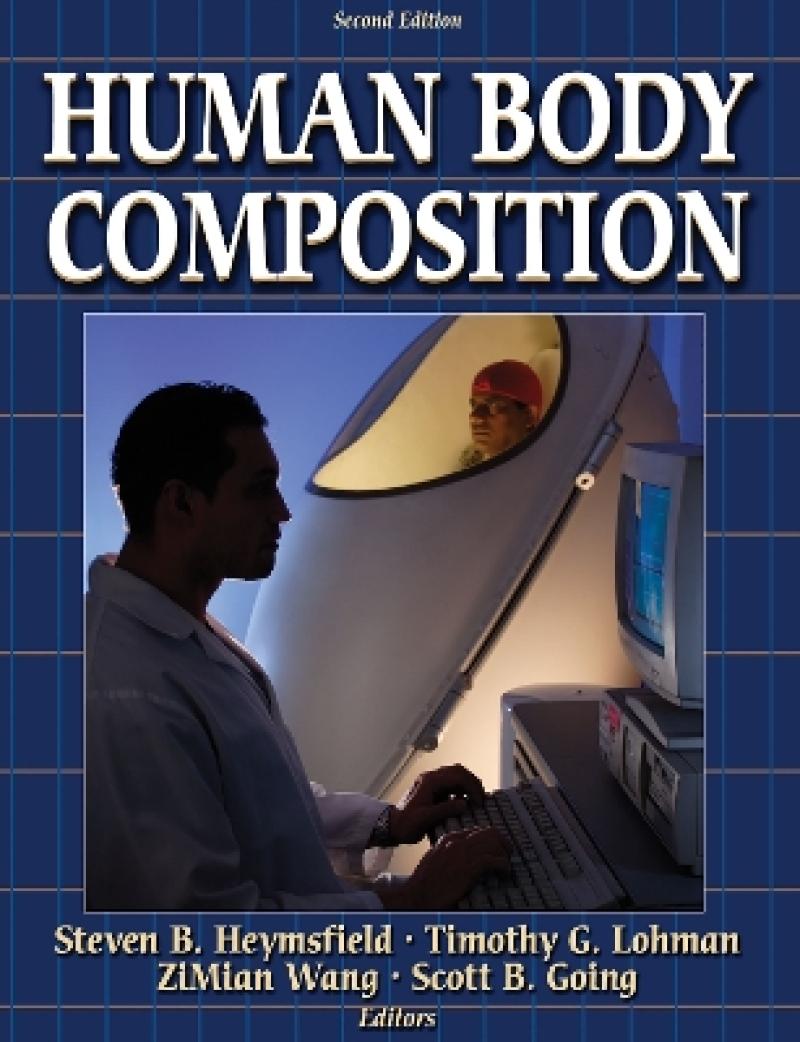Produktdetaljer
Biographical note
Steven B. Heymsfield, MD, brings a broad range of experience in research to the writing of this book. He is trained in physics, chemistry, biology, and medicine, all of which relate to the measurement and study of body composition. Dr. Heymsfield is currently the executive director of clinical studies, metabolism at Merck in Rahway, New Jersey, where he oversees Merck's Clinical Obesity Research Program.
Additionally, he is a visiting scientist at the Obesity Research Center at St. Luke's-Roosevelt Hospital. Prior to his current position, Dr. Heymsfield was a professor of medicine at the Columbia University, New York, College of Physicians and Surgeons.
Dr. Heymsfield has conducted national and international presentations and made many contributions to publications in the field. He serves on the editorial boards of the Journal of Parenteral and Enteral Nutrition, American Journal of Clinical Nutrition, International Journal of Body Composition Research, Age & Nutrition, Nutrition Reviews, Clinical Nutrition, and Adipocytes. He is also an active member of the North American Association for the Study of Obesity and past president of both the American Society of Clinical Nutrition and the American Society of Parenteral and Enteral Nutrition.
Timothy G. Lohman, PhD, is a leading scientist in the field of body composition assessment. A respected researcher, he explores body composition methodology and changes in body composition with growth and development, exercise, and aging. His leadership in standardization of body composition methodology is well recognized.
Dr. Lohman is a professor in the department of exercise science at the University of Arizona. He is also a fellow of the American Academy of Physical Education, a member of the American College of Sports Medicine, and a member of the Youth Fitness Advisory Committee of the Cooper Institute for Aerobics Research in Dallas, Texas. He is the author of many research articles and an editor of the Anthropometric Standardization Reference Manual, published by Human Kinetics. Dr. Lohman is also author of Advances in Body Composition Assessment.
ZiMian Wang, PhD, is an associate research scientist at Columbia University College and research associate in the Obesity Research Center of St. Luke's-Roosevelt Hospital Center. Trained in biology, biochemistry, physiology, and chemistry, he has published more than 100 research papers on the topic of human body composition.
Scott B. Going, PhD, is an associate professor in the department of nutritional sciences at the University of Arizona. An expert in body composition models and methods, he has more than 20 years of related teaching experience and research experience in this field.
